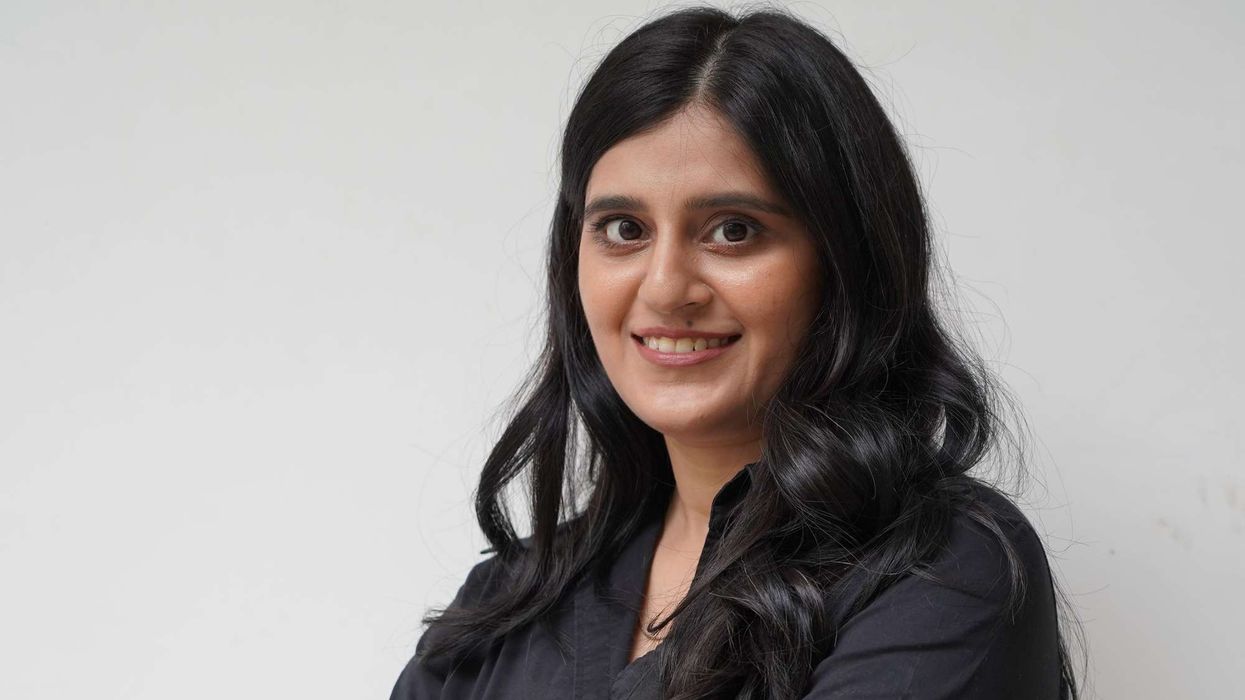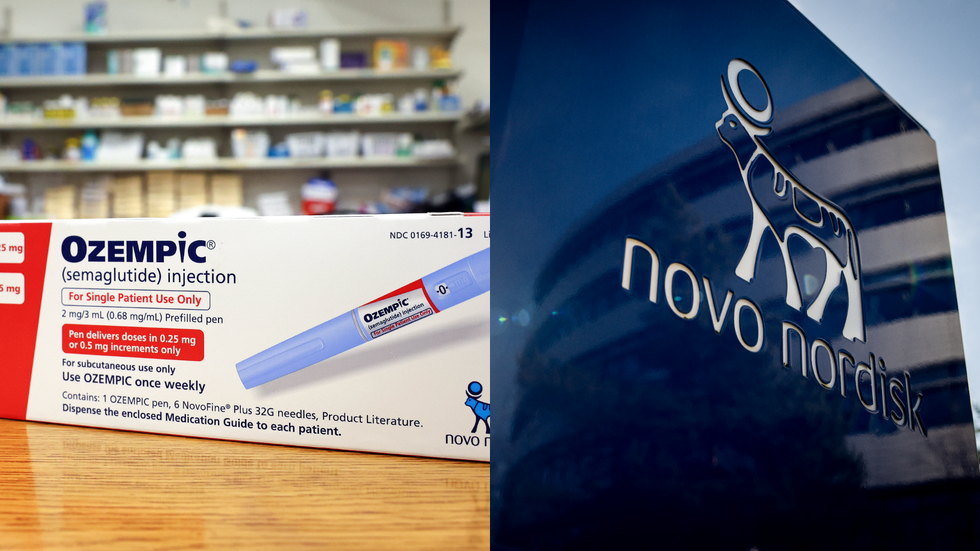At 87 years old, Jane Fonda continues to impress with her incredible fitness and energy. As an actress, producer, and fitness icon, Fonda has inspired millions with her dedication to staying active, and her influence on the world of home workouts is undeniable. Despite her age, Fonda remains committed to her fitness routine, demonstrating that exercise is essential for maintaining independence and a high quality of life as you grow older.
A pioneer in home workouts
Jane Fonda is widely recognised as one of the pioneers of the home workout movement. In 1982, she released her first video, Jane Fonda's Workout, which became a massive hit and sold millions of copies worldwide. Her enthusiasm for fitness made her a cultural icon, as she led exercise routines in colourful leotards, tights, leg warmers, and sweatbands, inspiring countless people to follow her example. Fonda recalls that there weren’t many options for rigorous exercise available to women when she started out, which is what motivated her to develop her workout routines.
Fonda credits her early influence to a charismatic teacher named Leni Kasden, from whom she learned the basic workout techniques that would shape her own fitness empire. The response was overwhelming, with fans sending her letters from around the world, expressing how transformative her workouts had been for their lives.
A daily exercise routine with a focus on strength and walking
Jane Fonda’s commitment to fitness has not waned as she has aged. In fact, she still exercises daily, incorporating a variety of activities into her routine to keep her body strong and flexible. While her workouts have become slower over time, they remain just as effective. She explained in an interview that she used to be a runner, but now prefers walking, especially outdoors in the woods. Walking, she says, is one of her favourite forms of cardio, particularly when it involves hills.
Fonda is disciplined about maintaining her exercise regimen, alternating between upper-body and lower-body workouts to build strength. She ensures that cardio remains part of her daily routine, mixing things up to keep it enjoyable and sustainable. Her key to staying fit in her 80s is consistency, along with finding activities that she enjoys, such as walking in nature.
The importance of exercise as you age
One of the core messages Jane Fonda advocates is the importance of exercise as you get older. While working out may be seen as optional in younger years, Fonda insists that it becomes an absolute necessity with age. She has been vocal about how regular exercise helps maintain independence and allows people to continue enjoying life.
Fonda believes that staying active makes all the difference in older age, whether it’s being able to get in and out of a car, carry luggage, or play with grandchildren. As she puts it, "If you don’t keep moving when you’re over 50, you’re going to lose your life." By staying fit and mobile, she argues, you can preserve your ability to live independently and continue engaging in the activities you love.
For Fonda, the benefits of exercise go beyond simply increasing longevity. She credits her active lifestyle with giving her a good quality of life, allowing her to enjoy her independence and stay engaged with the world around her. In her own words, "You can live long and be unable to move very well or remain independent. My independence and my ability to still have a good time comes from exercising."
A new fitness series for all ages
Even in her 80s, Jane Fonda remains a fitness powerhouse, and she recently released a new four-part fitness series titled Supernatural. The series covers a range of exercises including cardio, boxing, strength training, and stretching, offering a comprehensive workout for people of all fitness levels. Some of the highlights of the series include Flow with Jane Fonda, Box with Jane Fonda & Ludacris, Jane Fonda: Stretching, and Jane Fonda, Team Workout.
Through this new series, Fonda continues to share her passion for fitness with a new generation, encouraging people of all ages to stay active and healthy. Her ongoing dedication to exercise proves that staying fit is not only possible but essential, no matter your age.
A legacy of fitness and independence
Jane Fonda's commitment to fitness has shaped her life and her legacy. By staying active, she has maintained her independence and vitality well into her 80s. Her example is a reminder that regular exercise can improve quality of life and ensure that you remain physically capable, even in later years. For Fonda, it’s clear that staying fit is not just about looking good, it’s about staying independent, healthy, and able to enjoy life to the fullest.







 Novo Nordisk launches Ozempic in India as diabetes cases climb Getty Images
Novo Nordisk launches Ozempic in India as diabetes cases climb Getty Images  Ozempic weekly pens now available in India for type 2 diabetesiStock
Ozempic weekly pens now available in India for type 2 diabetesiStock  India gets Ozempic as obesity and diabetes numbers riseiStock
India gets Ozempic as obesity and diabetes numbers riseiStock  Doctors say Ozempic helps blood sugar and weight management in adultsiStock
Doctors say Ozempic helps blood sugar and weight management in adultsiStock





